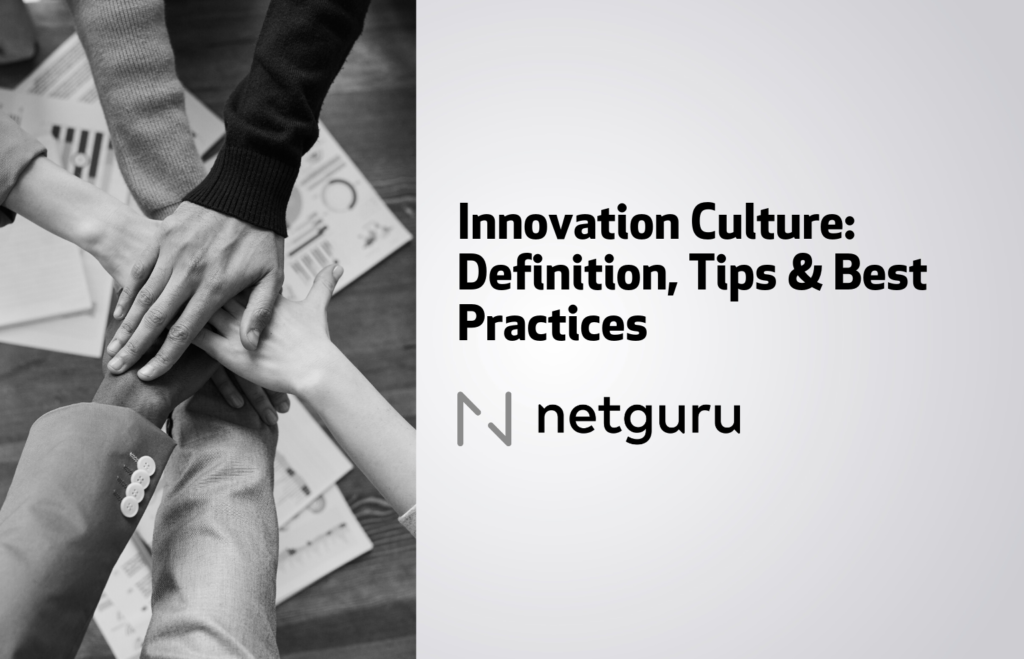Entrepreneurship is all about solving challenges we face in business. Customers do not use our software, they do not visit our website, they are not satisfied with our service. How do you deal with such situations? The usual approach is to conduct a situation analysis, create idea, decide, build a solution and test it. The process seems easy, but it usually takes more time and money than we expect: we cannot come up with common decision, programmers need more time to develop stable version, we don’t understand the results of test. In the end you’ve spent money and time but still not sure about results. According to Glib Skrypka from Innovatika there is better and more effective way to solve such challenges – and it only takes five days of intensive sprint.
Design Sprint is a methodology that was created in Google. Jake Knapp, a Google employee, was looking for an effective means of group work to devise creative solutions. From his experience, traditional workshops were ineffective and often resulted in a chaotic and time-consuming discussion. On the other hand, the best ideas proved to be those formulated individually. The methodology he developed was soon applied by Google teams, followed by startups within Google ventures. Cooperation with young entrepreneurs showed that the method is very flexible and may be applied even in more complex challenges.
The greatest benefit of using the Design Sprint method is not only the speed and regularity of the process but the ability to test the concept and obtain real feedback from customers. It provides knowledge on further steps to address the problem; allows you to effectively use time, know-how and skills of all team members. The sprint process requires the team to focus only on the most important matters, as it only takes five days to obtain answers to key questions.
Take a straight look at the Challenge – day one
The sprints process can be adapted to a broad spectrum of business challenges, e.g. to design new products and services, develop already existing products or improve users experience. The method can be applied by both large corporations and small startups thanks to its flexibility. It is worth using for important and well-formulated challenges.
The first day is dedicated to the thorough analysis of a given challenge or problem. The task of the project team is to meticulously understand and define a given situation and determine success criteria. To this end, it is useful to create a map containing all the elements associated with a given challenge. The first day is also time for meetings with experts in a particular field that may provide information useful to the process. For instance, when we design solutions for customers, we invite persons who have direct contact with the customer, e.g. from the sales division to work with us. At the end of the first day, it is essential to choose the focus for the Sprint, which should reflect the most critical parts of the challenge. For example, during one of our sprints the challenge of our client was to increase sales and after day first we decided to focus on designing solution for generating high quality leads through digital channels.
Searching for inspiration – day two and three
The next two days are dedicated to the creation of the solution concept. The second day is most often divided into two parts – in the first part the team devotes time to search for inspirations, which may help to solve the challenge. In turn, afterwards, each member of the team individually designs a concept. At that point, each person should be allotted adequate time and space to analyse the entire information gathered, all information searched, and prepare proposals for solutions. Work at this stage is done with the help of special exercises. One of them is the so-called four-stage design. It consists of dedicating some time to collect the most important information, then – a specific time for ideation, that is, writing down all ideas, even the craziest ones. Then, the most interesting ideas are selected and the so-called “crazy eight” is prepared for them – eight iterations of the same idea, with only one minute dedicated to each. The next step that takes 30 to 90 minutes is the designing of solutions to present to the rest of the team based on all information. Each concept is presented on a storyboard illustrating how designed solution works. On the third day, the team analyses ideas formulated the previous day. At the end of the day, the team also designs a storyboard with the users’ path, but this time mutually as a team.
Will it be a success? – day four and five
Thursday is the day for one of the most important activities – prototyping. Sprint methodology assumes that you need a day to create the prototype of a given solution, which will help you test them and see if the introduction of such a concept is meaningful. Ways of validating ideas are many. The most common one is the mockup of appliaction – a set of screens representing particular steps – so that it can be presented to the customer the following day. You can also perform landing page test consisting of launching a marketing campaign that will show whether a given solution is interesting or not for recipients.
Day five is the time for meeting with customers and the real test of the previously prepared prototype. Thanks to the fact that recipients have the opportunity to test the concept, the team can gather feedback about the solution – what is interesting; what customers pay attention to. Consequently, after day five the team has a verified concept of solving a given problem. With Design Sprint, a process that may take up to a month in large corporations or even small startups is reduced to five days. It allows you to validate concepts for solving individual challenges quickly.
So that Sprint does not bring about dumping – which is worth remembering
For sprint to bring about expected and satisfying results, it is crucial that the majority of the team be fully involved in the process for five days. If some members of the team are preoccupied with the matter selectively, it may affect the pace of Sprint, the quality of decisions made or prolong and hinder specific activities. Additionally, if other people join the team in the course of the process, e.g., on the third day – it will also affect the efficiency and preparation time of the concept, thus disrupting the entire process.
It is also important to properly select members of the project team. In print, it is usually assumed that a perfect team should consist up to people from the company plus moderators. It is good to have such functions so that the team does not waste time dedicated to prototyping or tests on lengthy discussions. With the knowledge of useful tools such as “zen voting”, i.e. voting with dots an experienced moderator will efficiently proceed from one stage to another to ensure sprint is successful. The team should also be as interdisciplinary as possible and represent different views: marketing, customer relationship, technology, finance. It is also essential at the very beginning to assign the role of a decision-maker. He or she would be able to independently decide if some concepts are tied on votes, so as not to prolong the process.
Depending on the team and resources at its disposal, solving challenges using Sprint method can take place inside a given company, based on the knowledge that may be obtained from public sources, e.g. Google Ventures. However, in my opinion, it is more beneficial to invite external experts for this purpose. It provides disassociation of facilitator as well as external knowledge, which is especially helpful during the analysis of the initial situation and ideation.

If you want to know more about Sprints or need help in running one, feel free to contact me by email: glib.skrypka@innovatika.com




